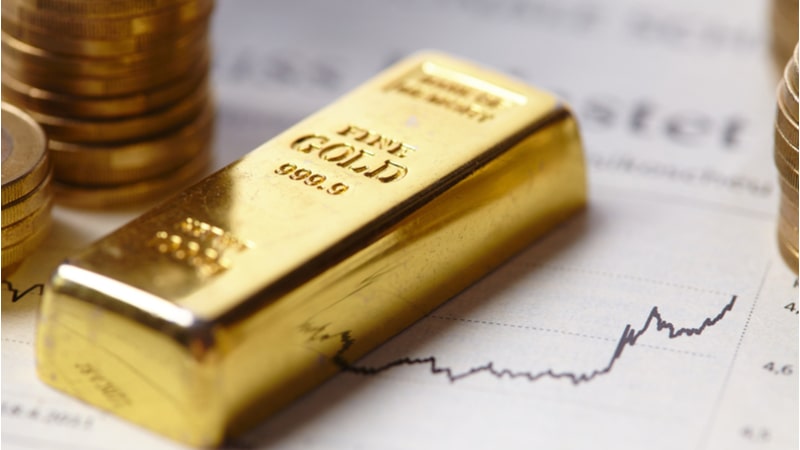Trading In Gold
These investments may try to reach their goals over several different periods. One can bet on the price changes of any investment and try to close the trade with a profit by either selling at a higher price than was paid for the investment, net of trading costs, or covering a short position at a lower price than the investment was sold at. Can do this in many different time frames.
The expected length of a position is the main difference between trading and investing. Even though we rarely set a specific goal for how long we will stay in a position, our tactics will usually give us a general idea of how long we want to be there.
For example, long-term investing involves planning to keep an investment for several years. Even though waiting for time to pass isn’t usually a good reason to keep investment, this may be a strategic decision. We may choose when to make an investment based on certain criteria, such as looking at basic information about the investment or using different technical data for different periods.
The Fractal Nature Of Financial Markets
When choosing a trading strategy, the first and possibly most important thing to know is that financial markets often have a fractal nature, which means that the ups and downs we see on a longer time scale tend to be made on a shorter time scale as well.
Even though this is usually the case, it doesn’t mean that one time period is better than another because a certain technique works better in that time. Traders often have to change their strategy to make it work better for the time they want to trade, but methods are usually transferable, so traders can choose how long they want to trade actively.
This is also true when trading gold, though, with some instruments, like gold, more smoothing is needed so that trades don’t get shaken out of them too often. This is because a price change of a certain size may be less important for gold than for an instrument whose price changes less often.
Considerations With Seeking To Trade Gold

Unless a person has so much money that the opportunity costs of competing transactions are very low or nonexistent, traders will usually choose between different instruments to trade. This means that they aren’t trading gold instead for something else.
One’s trading capital might be big enough to let them buy and sell all the instruments they want in amounts that don’t affect prices. In this case, you don’t have to choose between them. Most traders, on the other hand, have to make these choices. If you want to trade gold, the expected results must be better than if you used the money to do something else, like trade a different instrument.
Gold’s high volatility is another thing that makes it appealing to trade, and volatility is the only thing that lets people trade. Because the goal of trading is to make a certain amount of money over a certain amount of time, not just to make money, an instrument’s potential to make money goes up as it moves.
This is also true for investments, but it is less important for longer-term trades to be volatile over shorter periods. With trading, on the other hand, you need to make at least a reasonable amount of money over these shorter periods.
Many traders choose to trade gold because it is a relatively desirable commodity. However, in the end, one’s relative success with trading an instrument must be measured by the bottom line. A key part of any successful trading strategy is picking the right instruments.
The amount of time it takes to buy and sell bullion and the much higher trading fees make this neither possible nor desirable, so no one will try to buy and sell real gold to trade it.
Choosing How To Trade Gold
It’s not enough to trade gold in general; one must also decide how to trade it, and there are several options. The amount of time it takes to buy and sell bullion and the much higher trading fees make this neither possible nor desirable, so no one will try to buy and sell real gold to trade it.
To trade well, you need to get into and out of positions quickly. This means that traders will only be able to trade gold-based assets like gold futures and gold-based exchange-traded funds (ETFs), including inverse ETFs that track the price of gold, gold-based equities, and gold-based contracts for difference (CFD) trading.


